Have you ever walked through the beauty aisle at your local store and felt the excitement of picking up some new skincare or makeup products? The happiness of having so many amazing products that promise to make all your skin problems disappear – you cannot help but buy them.
Imagine buying that beauty product with a smile on your face, only to find out later that something in it caused an allergic reaction.
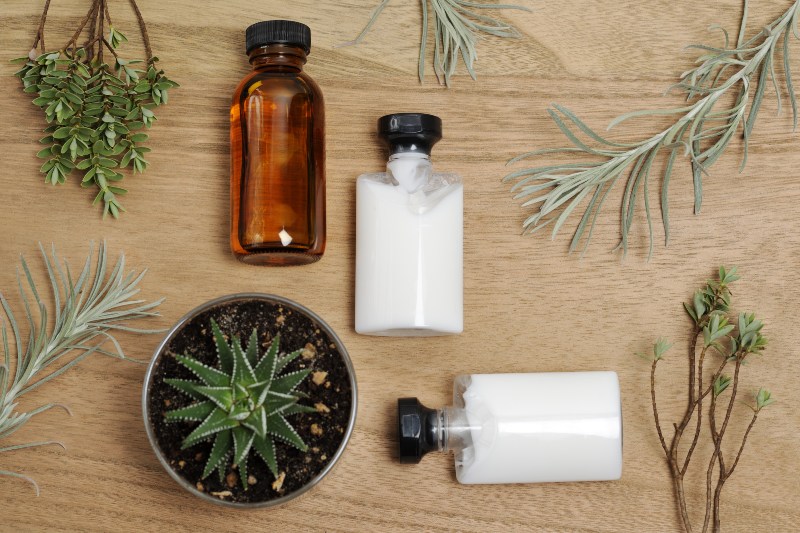
This is dangerous as you don’t know what skincare ingredients to avoid, especially if you are not aware of what ingredients your beauty products can harm your skin and overall body. More often, these ingredients have been used in cosmetics for years without people knowing of their harmful side effects.
This is why, today, we are making a list of allergies-causing ingredients in our beauty products and what are their safe alternatives for your skin.
1. Synthetic fragrances
Fragrances are one of the most notorious skincare ingredients to avoid in your beauty products. These are manufactured fragrances and contain combinations from over 3,000 stock chemical ingredients.
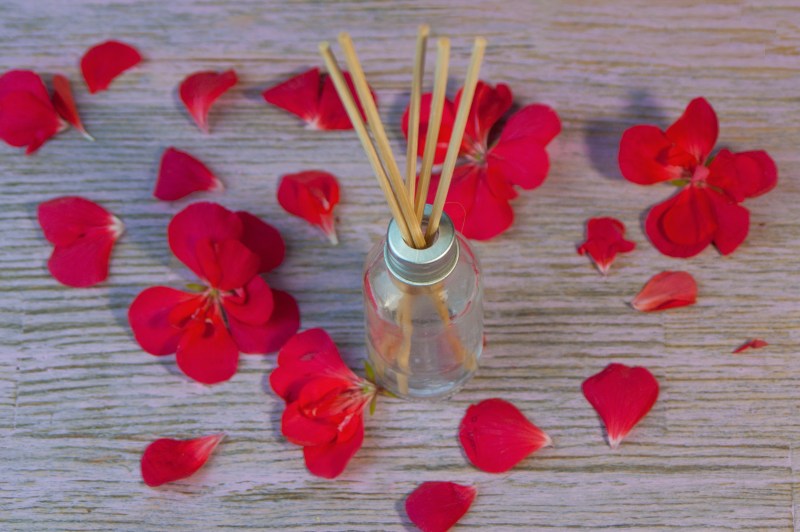
Unfortunately, a consumer needs help figuring out what goes into making fragrances. This top allergen in your makeup can cause breathing difficulties, headaches, redness, swelling of the eyes, and much more.
Today, synthetic fragrances are present in almost all personal care, skincare, and beauty products. However, their specific formulations are protected under federal trade secret laws allowing brands to keep this information undisclosed. Aside from beauty products, they can also be found in laundry detergents, softeners, and other cleaning products.
Safe alternative:
Natural fragrances are a safe alternative to synthetic ones. They are a combination of natural aromatic raw materials, including but not limited to essential oils, isolates, resins, and terpenes.
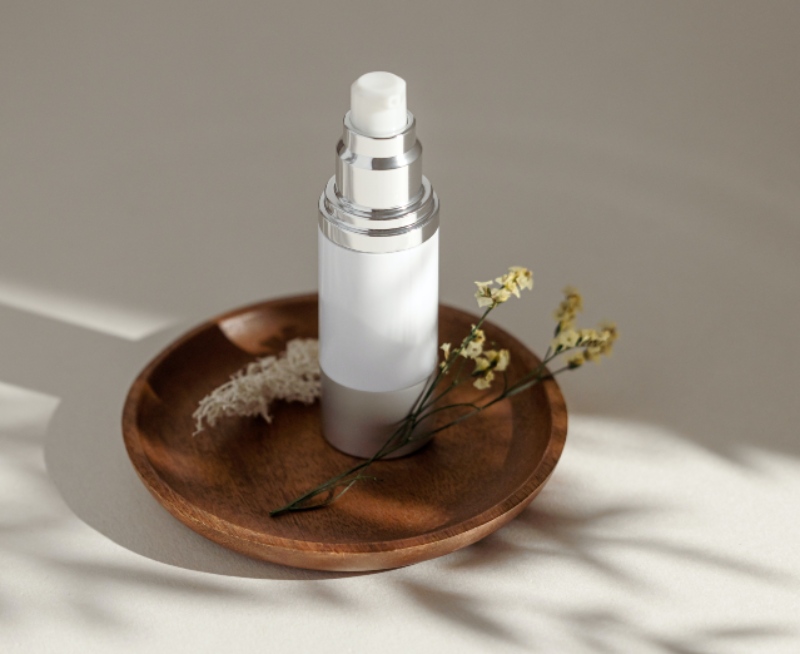
Nature provides thousands of plants with unique aromatic properties that can be utilized in health and beauty products, including skincare products. These natural fragrances provide thousands of combinations of fragrances that do not present the same risks as chemical-based fragrances from synthetic sources.
The natural alternative to synthetic fragrances is natural aromatic compounds. These are extracted from plants. These fragrances are combinations of natural aromatic raw materials. These are essential oils, resins, terpenes, and isolates.
2. BHT and BHA
Butylated hydroxyanisole and butylated hydroxytoluene are synthetic antioxidants and common ingredients in moisturizers and lipsticks. Their work is to extend the shelf life of these beauty products. Unfortunately, these ingredients do more harm than good.
BHA is a carcinogen and has been shown to disrupt hormone function within the body. Whereas BTA is known to cause blood coagulation issues.
Safe alternative:
Look for natural antioxidants like green tea, grape seed oil, rosemary, basil grape, pine bark, and vitamin C&E in your moisturizers and lipsticks.
3. Coal tar dyes, a.k.a. antidandruff agent
Bet you did not expect to see this in your beauty products. But unfortunately, this is quite a common ingredient in hair products like dyes and shampoos. Did you know that coal tar dyes are also known as the anti-dandruff agent?
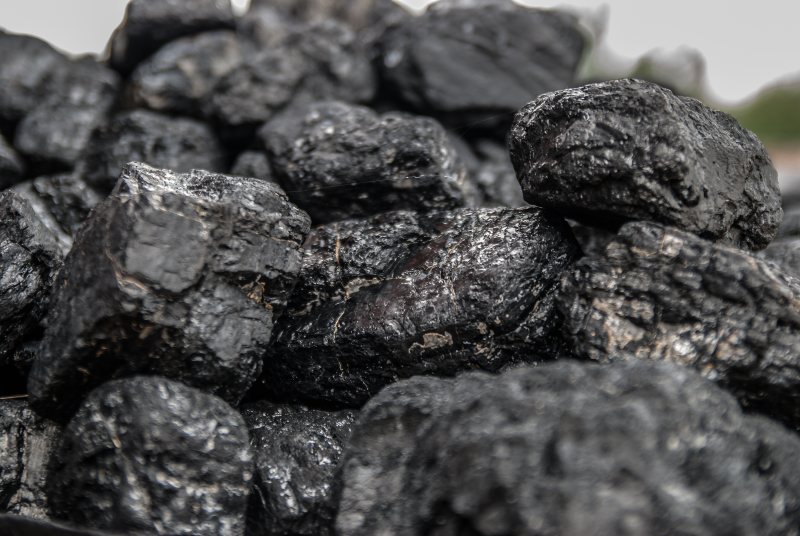
These are labeled as P-Phenyl-Enediamine. This allergen-causing ingredient is a by-product of coal processing. It is known to be carcinogenic and can cause brain impairment. If your hair dye or shampoo has this ingredient, then it is better to toss them into the bin.
Safe alternative:
The nearest safe alternative is to use shampoos and conditioners that have natural antidandruff agents. These are tea tree oil, lemongrass oil, coconut oil, apple cider vinegar, and vitamin B. These ingredients pose minimal risks in comparison to coal tar.
4. Emollients
Emollients are made to help your skin feel good. But they can also cause breakouts, especially on acne-prone skin. Lanolin, cocoa butter, coconut butter, isopropyl palmitate, isostearyl isosterate, and myristyl lactate are some of the emollients to avoid.
Safe alternative:
If you have acne-prone skin, then opt for water-based, non-comedogenic moisturizers to help your skin retain its water content.
5. Metals
Metals in your beauty products include gold, nickel, and aluminum. Among these, nickel is most used in lipsticks. Gold is commonly found in skincare products like serums, eye patches, and face masks. While aluminum is a lightweight metal that’s used in deodorants.

Safe alternative:
It is best to avoid beauty products with nickel, gold, and aluminum if you are sensitive to these metals.
6. PEG compounds.
PEG (Polyethylene glycol) compounds, or simply PEGs, contain carcinogens like ethylene oxide and 1,4-dioxane. PEGs are used as softeners, thickeners, solvents, and moisture carriers, depending on how they are manufactured. PEGs are known to cause damage to the nervous system. They can also irritate the respiratory system.
Safe alternative:
It is safest to stay away from products that have PEGs in them.
7. Petrolatum or petroleum jelly
Petroleum jelly is mostly added in skincare and haircare products as a moisturizer and skin barrier. Products with petroleum jelly in them may contain polycyclic aromatic hydrocarbons, also known as PAHs. This is linked to cancer if exposed to the skin for prolonged periods of time.

PAHs are known to be an allergen and skin irritant.
Safe alternative:
It is best to go for petroleum jelly-free moisturizers, or you can use moisturizers that are made with shea butter, aloe vera, olive oil, cocoa butter, etc.
8. Preservatives
Preservatives are used in cosmetics for the longevity of skincare products. But they also end up causing negative reactions like irritation, hormone disruption, and allergic reactions.
Many people are allergic to preservatives like Methylisothiazoline (MIT) and Methylchloroisothiazoline (MCI). You will find these preservatives in facial cleansers, sunscreens, and bath products. Other preservatives that can cause allergic reactions are:
- Triclosan
- Formaldehyde
- Diazolidinyl Urea, and
- Triclocarban
Safe alternative:
Thankfully, there are MIT and MCI free bath products. So, the safest option is to use products free of the allergen-causing ingredients mentioned above.
9. Natural rubber latex
Rubber latex is used to make latex condoms and rubber gloves. But you will be shocked to know that even conventional cosmetics might have rubber latex in them. Rubber latex is mostly used in toothpaste, eyelash and hair adhesives, and makeup.
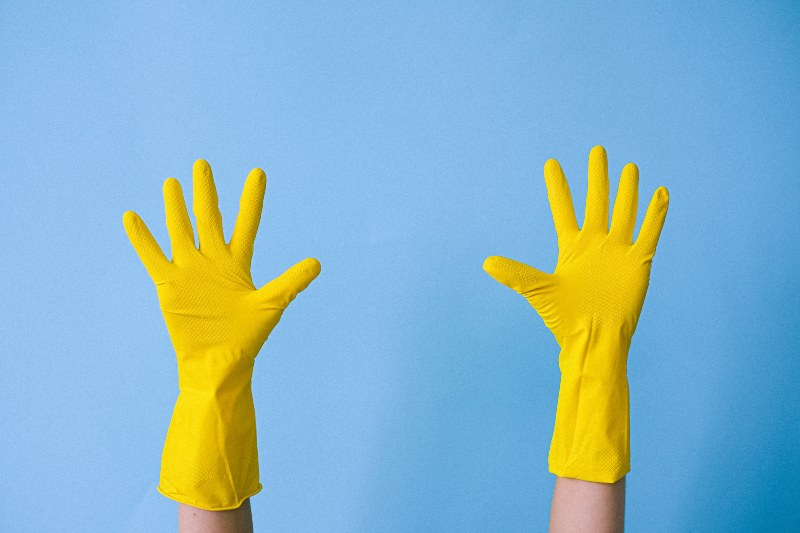
Around 1% to 6% of the population is allergic to this ingredient. Rubber latex can cause skin irritation, respiratory problems, and rashes.
Safe alternative:
The safest solution to protect your skin from rubber latex is to avoid all products that contain this ingredient.
10. Siloxanes
Like petroleum jelly, siloxanes are also a type of moisture enhancer. Siloxanes like cyclotetrasiloxane and Cyclopentasiloxane (aka D4 and D5) are mostly used in cosmetics. Their key role is to smoothen, soften and moisten the skin. They are also used in deodorants and facial treatments.
Siloxanes are known to disrupt hormone function and show reproductive toxicity. Other risks of siloxanes are uterine tremors, negative influence on the neurotransmitter, and harm to the immune and reproductive systems.
Safe alternative:
Our planet is abundant with natural moisturizers that can be used in cosmetics, skincare, and numerous beauty products. Look for beauty products with ingredients like cocoa butter, coconut oil, shea butter, bamboo bio-ferment, broccoli seed oil, and Abyssinian.
11. Sulfates
It’s no secret that sulfates, present in many beauty products, can trigger allergic reactions. Sodium laureth sulfate and sodium laurel sulfate are detergents that are present in everything from body wash to shampoo. Sometimes, in baby soaps too.
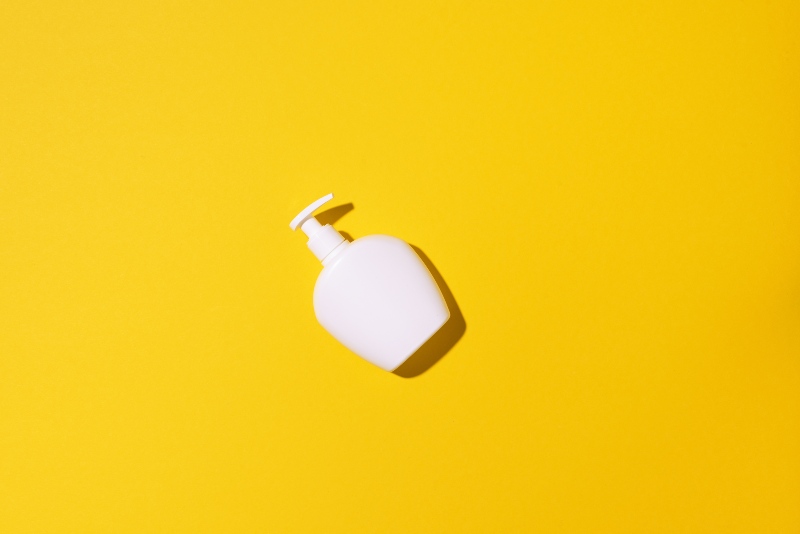
If your bathing products or shampoos are giving your chronic eye and skin irritation, then you may want to get rid of them. It is the sulfates that are causing those reactions.
Read more: Should You Be Concerned About Sulfates In Your Beauty Products?
Safe alternative:
Natural shampoos and soaps are safer alternatives to the ones that carry sulfates in them.
12. Octinoxate
Octinoxates are present in your sunscreens, cosmetics, makeup foundation, lotions, hair dyes, and nail polishes. This ingredient can cause octinoxate allergy, which can be seen as atopic dermatitis, acne, or developmental and reproductive problems.
Scientists are still looking into the controversial side of octinoxate and its ability to affect the human body, animals, and the environment.
Safe alternative:
It is best to avoid beauty products with octinoxate in them.
13. Lead
Lead is a naturally occurring material. However, not all natural things are “safe” to use. It is mostly found in cosmetics like lipsticks, eye shadows, blushes, compact powders, and even body lotions. Prolonged exposure to high lead levels can cause harm to the kidneys, nervous system, and blood.

Safe alternative:
It is best to avoid cosmetics that don’t have lead in them.
As for toxic-free lipsticks, we have you covered with our article 10 Non-Toxic Lipsticks And Lip Balms For Luscious Lips.
14. Acids
Any products that are made to slough off your skin cells might occasionally end up doing more harm than good. Acids like salicylic acid, retinol, and glycolic acid can cause skin irritation, redness, dryness, and burning if you overuse them. Salicylic acid can also cause hives or inflammation sometimes.
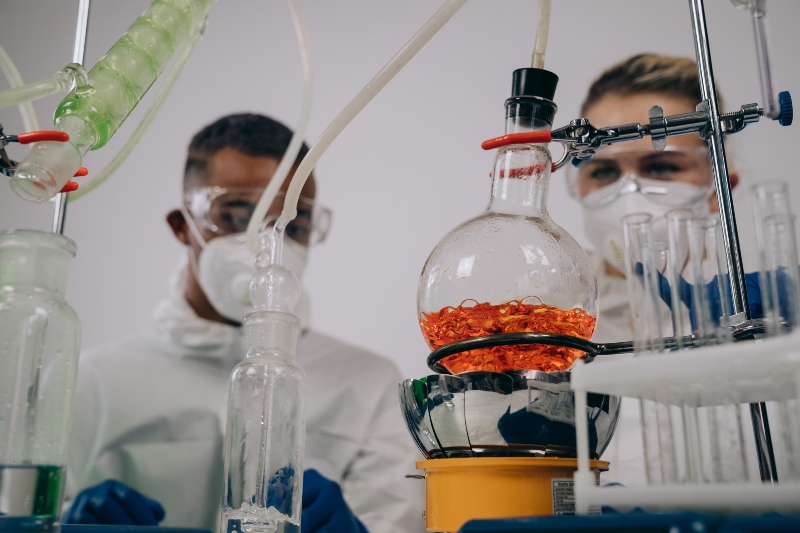
Retinol can also speed up the development of skin tumors and lesions on sun-exposed skin. Moreover, retinol is not recommended to be used during pregnancy.
Safe alternative:
It is safer to use plant-based alternatives of retinol and other acids like bakuchiol and rambutan.
How to avoid cosmetic allergens?
Here are a few other ways to avoid cosmetic allergens.
- Do a patch test, first!
Perform a patch test if you are afraid that you are allergic to a particular product or if you are nervous about trying something new on your skin. It is a simple test to see how your skin reacts to a new beauty product.
- Request a product sample (this will save you some money too).
- Choose a clean region of your skin, where you will be able to apply and leave it on, for an extended period of time, at least for one day.
- Apply a tiny amount of product to a clean area of your skin.
- Allow it to sit for about 24 hours, or as per the recommended time.
- If you experience burning, rashes, or itching, wash it off immediately and add the product to your “do not try this again” list.
- You may have a minor allergy if the product causes redness that takes a long time to disappear.
- A severe allergy manifests itself as red, inflamed, or itchy skin.
- If you require additional guidance or testing, consult an allergy specialist.
- Avoid items with “Aqua” listed as the first component. To attain the desired consistency, water-based beauty products contain chemical preservatives and other synthetics. Water also dries the skin out and depletes it of its natural oils.
- Instead, opt for waterless cosmetics. They are long-lasting, concentrated, and healthy for your skin. Furthermore, they are free of many of the irritants that make you want to face the world with confidence and radiance!
It has become quite confusing when it comes to skincare ingredients to avoid in your beauty products, but at least you are more aware now. Knowledge is power, so, stay vigilant and learn more about your beauty purchases so you can make the best decisions for your skin and body.
Above all else, be selective with the products you use on your skin. There are plenty of brands out there that do not contain any harmful ingredients that will still leave your skin feeling great.
The skin is one of our most vital organs, and if we do damage to it now, think about what it could mean for us, later on in life.
Granted, this concern might seem a little scary at first, but just remember that every step towards a healthier lifestyle is one small step towards a long and happy future!
Frequently Asked Questions
- What ingredients should not be in a moisturizer
Ingredients like petroleum jelly and siloxanes should not be in a moisturizer.
- What are 3 important things to consider when choosing a skincare line?
When choosing a skincare line, consider the 3 things below:
- Your skin type
- Safe ingredients, and
- Doctor recommendations
- What are the bad ingredients in a cleanser?
Watch out for toxic ingredients like sulfates, toluene, formaldehyde, paraben, phthalates, propylene glycol, and triclosan while buying a facial cleanser.

